 A three-part series of webinars will take place in October and November for entrepreneurs who want to start a food business. These webinars are hosted by the North Central Food Safety Extension Network.
A three-part series of webinars will take place in October and November for entrepreneurs who want to start a food business. These webinars are hosted by the North Central Food Safety Extension Network.
This webinar series will focus on the best practices related to food safety, food labeling, cleaning and sanitation of food contact surfaces.
- Food Safety Basics—Planning for food safety helps to ensure the safety of your food products and protects both your consumers and your business.
- Food Labeling Basics—Learn about labeling your food products, FDA’s food package labeling requirements, including nutrition, ingredients, allergens and more.
- Cleaning and Sanitation Basics—Learn about the definition of cleaning and sanitization, and methods to clean and sanitize food contact surfaces.
Event details:
October 12, 26 and November 9, 2022
Noon CST/1:00 EST
Registration required at https://go.iastate.edu/SZAPVM
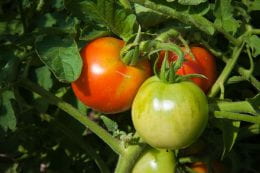
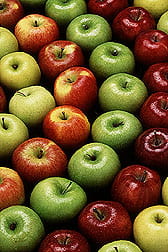
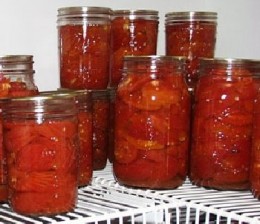

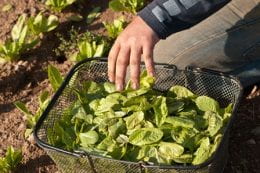
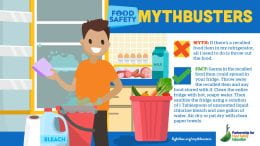 The Partnership for Food Safety Education has several
The Partnership for Food Safety Education has several